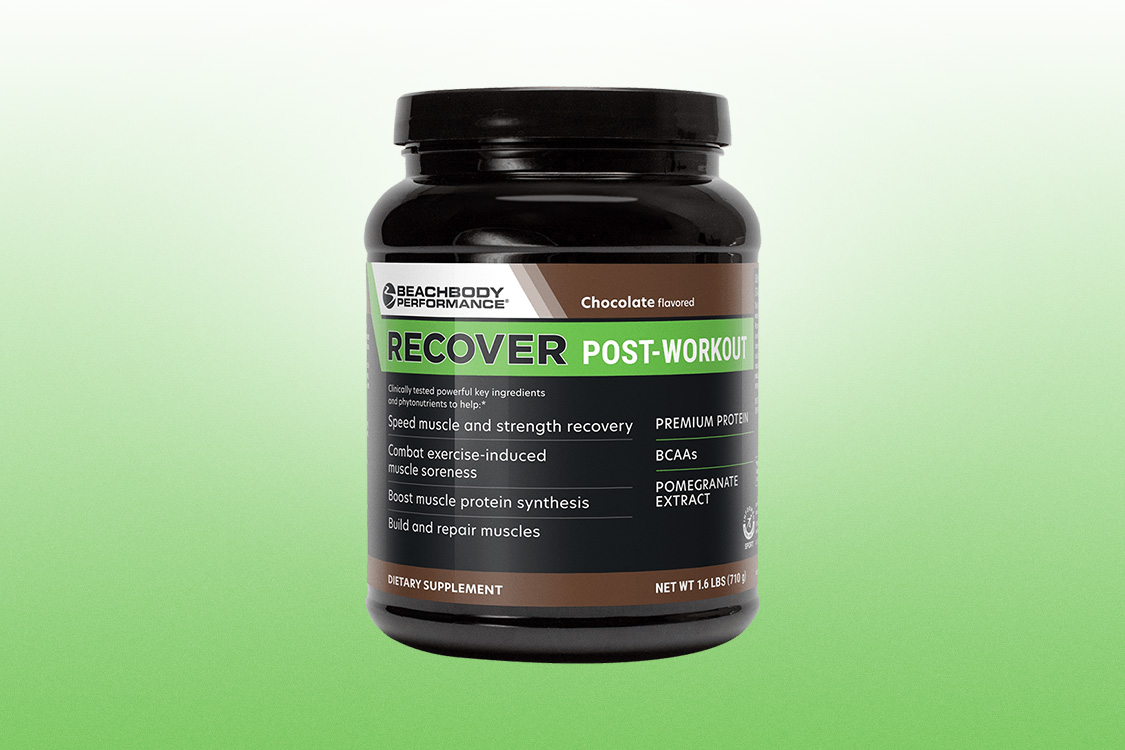Amby Burfoot's Run Walk Plan
A simple training technique that can increase your endurance and calorie-burning, decrease injuries and maybe even help you run faster
Shhhh. I've got a little secret to share with you. You see, I used
to be a fairly fast runner. In fact, a long time ago, I won the Boston
Marathon. And there's a certain amount of honor among Boston winners--a code of
steely toughness, a sort of "pain is my friend" ethic--that we're sworn to
uphold.
Now, about that secret. I wouldn't want anyone to think I've
gone soft or anything but ... uh, this is kinda hard to get out ... I often
take walking breaks during my daily runs.
There, that feels much
better. Though I don't know why it was hard to say in the first place. After
all, it makes perfect sense to mix running and walking
Why You Should Mix Running and Walking
|
You, on the other hand, probably view walking as the enemy. The
thinking is: You run, and this is good. You are proving and improving yourself;
you are determined; you are a moral person. Whereas when you walk, this is bad.
You are lazy; you are a loser; you don't deserve to be loved (not even by your
mother).
Mental-health therapists have many words for this sort of
inflexible, perfectionist thinking, and I have one, too. I call it "stupid."
(None too nuanced, but has the benefit of clarity.)
The goal of a
workout is not to avoid walking. This bears repeating: The goal of a workout is
not to avoid walking. The goals are to feel better, get in better shape, reduce
tension, lose weight, train for an upcoming race and so on. Take your pick.
They're all worthwhile goals.
And here's the important thing: You can
achieve these goals more easily if you incorporate some walking into your
running. I've been doing it for several years, and it hasn't made me less of a
runner. In fact, I used a heavy dose of run/walk training to get ready for
Boston this month.
Run/walk training, which I like to call "R/W
training," represents a simple, commonsense approach to conditioning. It can
help you train more (for better marathon preparation and calorie-burning); it
can help you train healthier (who needs injuries and burnout?); and it can even
help you get faster (through various forms of interval training).
Enough talk. Let's get more specific.
The Galloway Marathon
In recent years Jeff Galloway has pioneered the idea of walking
breaks during marathons. Jeff advocates this program not only for many
first-time marathoners, but also for those who have previously "hit the wall"
and experienced the crushing fatigue and depression of those last few miles. By
walking early and often, Jeff has found, most runners survive the final miles
in much better shape. They feel better, and they often run faster.
You can run/walk a marathon any way you want, but the simplest is to run the
first mile, then walk 60 seconds. Run the second mile, then walk 60 seconds
(and enjoy a cup of sports drink). Repeat 24 more times, then hold your head
high and sprint like a banshee.
The Galloway run/walk marathon has
now been used successfully by thousands of marathoners. Jeff says it's possible
to run under 3:30 this way, and we know several runners who did so at last
fall's Chicago Marathon. But fast times aren't the point. The point is that you
can finish the marathon, you can feel good, you can run strong to the end, and
you can admire that gleaming finisher's medal for the rest of your life.
The Next Step In the Plan
The Galloway program has made many converts, and I'm one of them.
I've now run four marathons with walking breaks, in times ranging from 3:45 to
4:30, and I'll run many more the same way. Walking breaks have added confidence
to my marathoning.
Since I'm a modest trainer these days, averaging
20 to 30 miles a week, the marathon can easily intimidate me. A few years ago,
I was beginning to dread the thought of running 26.2-milers. Now I don't even
think of the marathon that way. I think of it as a 1-mile run that I just
happen to repeat 26 times. Piece of cake.
R/W training has also made
my daily training easier. Used to be that, much as I love running, I sometimes
felt too tired to get out the door. I talked myself out of many workouts: When
you're already tired, why drag yourself out on the roads for 40 minutes?
I don't have this problem anymore. Because I don't run for 40 minutes. I
run for 4 minutes, then walk for a minute, then repeat the process until I've
completed 40 minutes. Okay, it's not the greatest workout of all time, but so
what? All I care about is getting in the workout and feeling wonderfully
energized afterward, which I always do.
A Step Backward
Let's pause for a moment to consider some of the differences between
running and walking. Some are small, others more significant.
Running
and walking do have much in common. Running is basically fast walking, with
this difference: runners "jump" from foot to foot, walkers don't. When you run,
the knee flexes more than in walking, the quadriceps muscles contract, and you
"toe off" in more or less the same way as the long jumper who explodes off the
jump board.
Because you toe off and jump, you come down forcefully on
the other foot. This is the infamous "impact shock" of running--said to be two
to three times your body weight--that can lead to overuse injuries of the foot,
knees, tendons and so on. Walkers don't jump, so they are less likely to get
injured.
But because you jump, you can cover ground much faster than
a walker and burn many more calories per minute (because moving faster requires
you to consume more oxygen). In other words, you get a superior workout in less
time, which is one of the major benefits of running.
Unfortunately,
many potential runners never get into the rhythm of running, because it can be
hard work. They set out to run around the block a few times but find themselves
breathless and bedraggled at the first corner. Not a pretty sight. So they
repair to the sofa and never leave it again.
Or maybe they do try
another time, but on this next effort they decide to skip the running. They
walk. It's hard to fail at walking. But a leisurely stroll, while better than
nothing at all, probably doesn't produce as many health and fitness benefits.
(See "Intense Benefits" on page 50.)
These are the people who need to
learn about R/W training. They're already motivated to exercise; they just have
to step up the pace a little. Which is what a program of running and walking
does. You won't get exhausted and frustrated (thanks to the walking breaks),
and you'll get all the benefits that vigorous exercise brings (thanks to the
running). Not a bad deal.
And there are many other runners and
exercisers who should give R/W training a try as well.
The Many Varieties of Run/Walk Training
Jeff Galloway has seized the moment with his strategy of
running/walking marathon races; indeed, R/W training has its most obvious
application in long runs. I've been doing this for several years, and it works
great.
I now do many of my long runs using a "9/1" method--that is, I
run for 9 minutes and walk for 1 minute. On a typical out-and-back course, I
head out for 60 minutes, then turn back toward home. Two hours, nothing to it.
When I want to increase my training prior to a marathon, I just add another 9/1
segment on the outbound trip. Now the workout lasts 2 hours and 20 minutes, and
I hardly notice the difference. Two weeks later, I do 2 hours and 40 minutes,
and so on. In this buildup process, I stop at 3 hours.
Lest you think
me a complete slacker, I often turn this long run into a tempo workout on the
way back. In the middle of each 9-minute run, I do a 3-minute pickup at close
to my 10-K race pace. Since I do six running segments every hour, this amounts
to 18 minutes of tempo running in the last hour of my long run. That's a
quality day.
If you want to outdo me, fine. Increase your pickups to
4, 5 or even 6 minutes during each 9-minute running segment. Do six of these
during the last hour of your long run, and I guarantee this: You'll never again
think that walking breaks make a workout wimpy. You'll crawl up your front
steps, desperate to remember where you stashed the energy bars.
There
are many other varieties of R/W training. And just as many benefits. Some
physical, some mental, all guaranteed to change (and probably improve) your
running. Here are a few:
Running farther, easier: I've already
mentioned this several times, but it can't be overemphasized. All runners, from
beginners to veteran marathoners, would like to run longer and easier. The R/W
system gives you a new tool to achieve this. Does it come at a cost? Sure. Your
overall workout is slower, so you get slightly less training effect. But most
times you run long to build overall endurance and increase your body's ability
to burn fat and calories in general. A long R/W run does this just fine. (For
pacing information, see "How Fast Are You Going?" on page 50.)
Increased variety. Far too many runners do the same workout at the same pace
every time they run. It's boring, and it's not a smart way to train. An R/W
workout naturally has many small segments, which encourages you to experiment.
Yesterday, for example, I did an hour of 4/1 run/walking, and each 4-minute run
was different. I did everything from 4 minutes very slow to a variety of
4-minute fartlek runs to 4 minutes at a hard, steady pace.
Better
speedwork. Same as the above, but with harder effort. An R/W workout is an
offshoot of the classic interval workout, so it's easy to make it a real
gut-buster. Here's one of my favorites, again built on the 4/1 pattern. During
each 4-minute running segment, jog for 1 minute, run hard for 2 minutes and jog
for 1 minute. Then do the 1-minute walk. Repeat this eight times, and you've
come reasonably close to the 8 x 400-meter interval torture that my college
coach loved to inflict on us.
On the topic of intervals: Exercise
physiologist Jack Daniels, Ph.D., recently had two groups of women run three
times a week, either continuously or with walking breaks. After 12 weeks, the
run/walk group was more fit. Why? "In effect, the walking breaks turned the
workouts into one big interval session," says Daniels. "It allowed the women to
go faster overall."
Fewer injuries. Walking doesn't cause as many
injuries as running, and R/W training shouldn't cause as many either. No, I
can't prove this, but it makes intuitive sense. Since walking uses the leg
muscles and connective tissues in a slightly different manner than running, it
should reduce overuse injuries. During R/W workouts, I walk with a deliberately
slow, elongated stride. This is quite a change from my normally short, choppy
running stride, and I can feel other muscles coming into play.
More
sightseeing. What's the point of running in some gorgeous, natural environment
if all you see are the rocks and gnarly roots on the trail right in front of
you? Yet that's all many trail runners see, because they're concentrating so
hard on avoiding falls and twisted ankles. Take your new R/W philosophy to the
trails, however, and you can drink in those scenic overlooks during your
walking breaks.
More effective recovery days. This one's easy and
obvious. Some days you need to run slow. Maybe you ran long or fast the
previous day. Maybe you've been having a tough time in the office or at home.
You want to run, but you're not exactly bursting with mental or physical
energy. Try an R/W workout. You won't regret it.
Faster comebacks.
You've had a sore knee, a bad Achilles or a nasty, week-long cold. You're ready
to get back into your training routine but want to make sure you don't overdo
it and suffer a setback. A series of progressive R/W workouts may do the trick.
Try a couple of 2/1 workouts, then a couple of 3/1 runs, and keep building.
Listen to your body, and don't run farther or faster than what feels right.
More quality time. My wife runs, but my teenage kids don't. They do
all the other stuff kids do--soccer, computers, tae kwon do--but probably
wouldn't make it through a steady 30-minute run. They will, however, do an R/W
workout with us. We pick something easy, keep it relatively short, yak like
crazy and enjoy the time together.
Final Thoughts
The part of run/walk training that I find most appealing--the mental
breaks provided by the brief walking periods--won't prove equally compelling to
all runners. Many will staunchly resist. "I didn't start running to become a
walker," they'll snort. Or something to that effect. We runners succeeded as
runners because we're an extremely determined, motivated breed, and we don't
take easily to anything that smacks of laziness or backsliding.
Okay.
I understand that. Old habits die hard. And R/W training isn't for everyone. Or
for every workout. I do it a couple of times a week. Usually when I run by
myself. Often as a long run.
But--and this is the most surprising
thing--I've found that it has motivated me to do more speedwork and tempo
training. That's because R/W training is so close to classic interval training
that it seems to nudge me in that direction. In fact, you could simply say that
R/W training is classic interval training that's been liberated from the track
and allowed to roam wherever you want to take it.
Free at last. All
you have to do is let yourself "think outside the box," and you just might
discover an entirely new, enjoyable (and effective) way to run. It's worth a
try, isn't it?
Intense Benefits
There's no doubt about it: high-intensity exercise produces greater health benefits than low-intensity exercise. Real benefits, as in lowered mortality and heart-disease risk. Which isn't to say walking does nothing for you (it does). Running simply does more, as two major studies have proven recently: On mortality risk: Regular vigorous activity reduced mortality risk significantly among 17,000 men in the Harvard Alumni Study, according to an April 1995 report in the Journal of the American Medical Association. Nonvigorous activity (walking, for instance) had no such effect on mortality. The Harvard researchers found that the difference in mortality risk between those who did vigorous exercise and those who did very little was the same difference in mortality risk as those who were of ideal weight versus those who were at least 20 percent over their ideal weight. On heart-disease risk: Among men, high-intensity exercise has a positive effect on all heart-disease factors, according to a German study of 12,000 people published last fall. Cholesterol and triglyceride levels, blood pressure, heart rate and body weight. All were improved by intense exercise. Among women in the study, high-intensity exercise was associated with lowered blood pressure, heart rate and body weight. For both men and women in the study, low-intensity exercise had far less effect on risk factors and, in some cases, had no effect at all. --Adam Bean
How Fast Are You Going?
Most runners want to keep track of their pace. It's how we measure many workouts. So what happens to your overall pace when you combine running and walking? You slow down, obviously. But not as much as you might think. The following table shows per-mile paces for someone who runs a mile at his or her normal pace, then walks for 60 seconds before running the next mile. These estimates assume that you walk at a steady (but not fast) pace between running efforts.
| If you run a mile in... (Col. A) and then walk 60 seconds, your overall pace will be...(Col. B) |
||
| 6:00 | 6:40 | |
| 7:00 | 7:37 | |
| 8:00 | 8:34 | |
| 9:00 | 9:31 | |
| 10:00 | 10:29 | |
| 11:00 | 11:26 | |
| 12:00 | 12:23 | |
Amby Burfoot, the editor of Runner's World, has run well over 100,000 miles and hopes to run many more.





